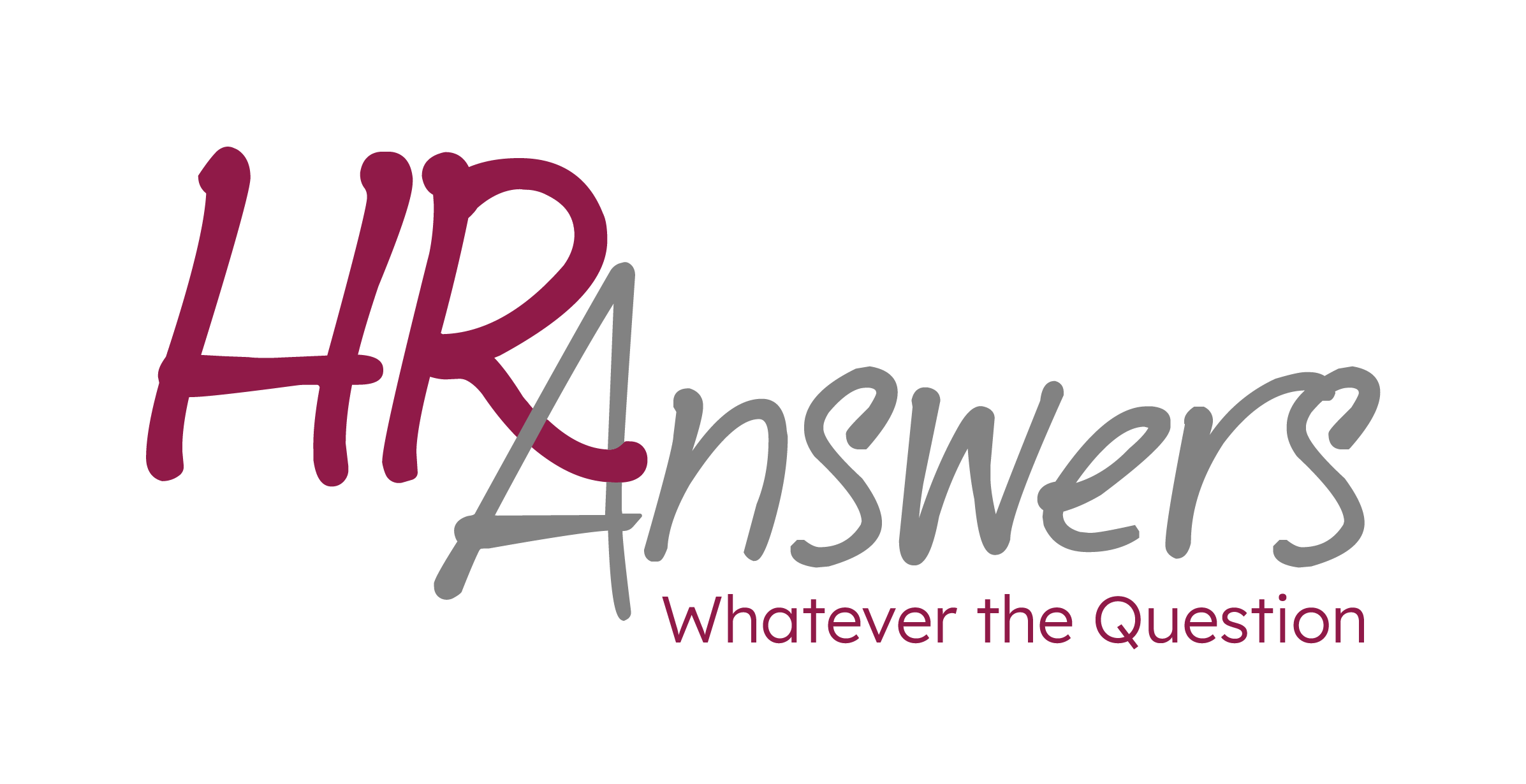Spoons Up, Pajamas On: Celebrating The Only Breakfast That Matters – Ice Cream!
Picture this: It’s a chilly February morning. You roll out of bed, bleary-eyed, still half-dreaming about that work email you forgot to send. The coffee isn’t even brewing yet, and someone, somewhere, is already asking you a question before your brain has officially clocked in for the day.
But then—you remember. It’s National Ice Cream for Breakfast Day. Suddenly, the world feels right again.
The Origins of the Best Excuse Ever
Believe it or not, this glorious holiday didn’t just appear out of sheer genius (though it should have). It was created in the 1960s by a mom in New York who was simply trying to entertain her kids on a cold winter day. A mother. A visionary. A hero. She declared that the first Saturday in February would be forever dedicated to breakfast rebellion, and honestly, we should all be grateful for her contribution to society.
Why This Holiday is the Superior Holiday
Other holidays require effort. Valentine’s Day? Pressure. Thanksgiving? Cooking for three days straight. The Fourth of July? Coordinating a fireworks schedule like you’re directing a Broadway production.
National Ice Cream for Breakfast Day? Effortless joy. It requires nothing more than rolling out of bed and scooping a little happiness into a bowl (or, let’s be real, eating straight from the carton like the champion you are).
The Real Breakfast of Champions
You might be thinking, *Is ice cream a nutritionally sound breakfast choice? Yes. And here’s why:
- Dairy = Calcium and protein. Strong bones. Solid logic.
- Fruit flavors = Basically a smoothie.
- Chocolate chip cookie dough = Carbs for energy. The same logic as toast.
- Coffee ice cream = You were going to drink coffee anyway. This is just efficiency.
How to Celebrate Like a Pro:
- Fully commit – No toast. No eggs. No compromise. Just ice cream. Maybe add some sprinkles, maybe a waffle cone. Go wild.
- Dress for the occasion – Pajamas are the official uniform. Fuzzy socks recommended.
- Experiment – Try a new ice cream and cereal combo. Fruity Pebbles + vanilla? Genius. Cocoa Puffs + chocolate? Unstoppable.
- Recruit your team – Eating ice cream alone is great. Eating ice cream with friends and family is elite. Convince your coworkers this should be a company-wide initiative.
- Post about it – Because if you don’t post your ice cream breakfast, did it even happen?
HR Answers’ Official Statement on Ice Cream for Breakfast
While we are in favor of workplace productivity, we must acknowledge that happiness leads to higher performance. Therefore, we fully support any employer who wishes to implement an Ice Cream for Breakfast Employee Engagement Initiative™. (Not a real thing. But it should be.)
So go forth, grab a spoon, and enjoy the most delicious holiday of the year. After all, adulthood is just learning how to make childhood dreams a reality—and today, that means eating dessert at 8 AM.
Happy National Ice Cream for Breakfast Day!







